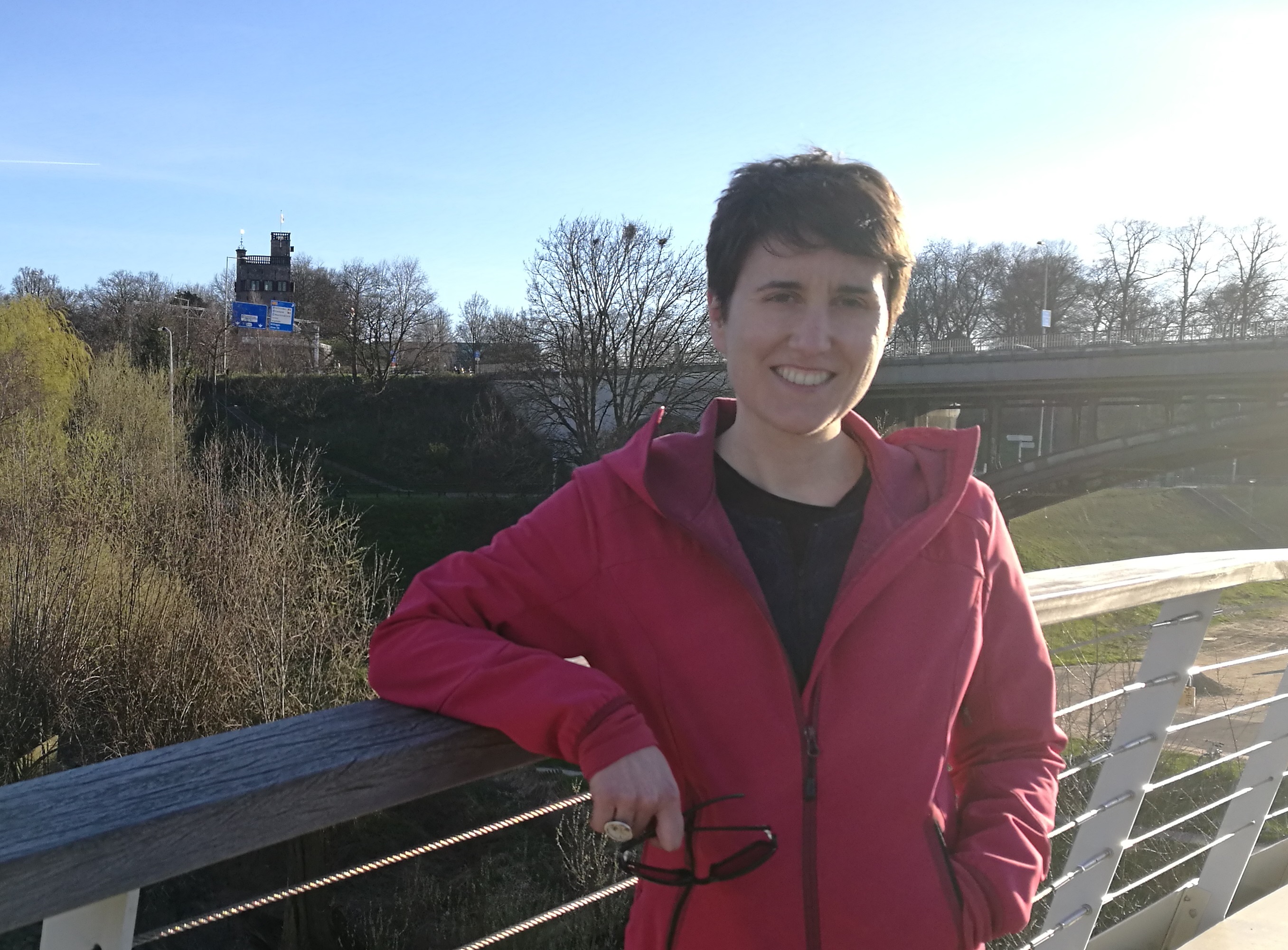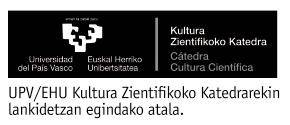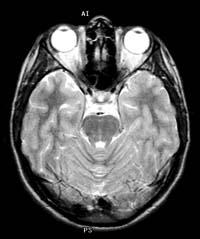“At work I would like to be able to use what I learned”
2017/04/07 Galarraga Aiestaran, Ana - Elhuyar Zientzia Iturria: Elhuyar aldizkaria

We had to call Holland to speak with Irati Markuerkiaga Olabe. In fact, he is carrying out his thesis at one of his universities, the University of Radboud. Despite being immersed in research, as a young man he did not believe he was a researcher: "The model of my environment was made up of engineers and cooperatives, and in that I saw myself," said Markuerkiaga. In any case, you are satisfied with the opportunity.
In fact, he began to study as an engineer. "While studying Higher Engineering, I saw that one of the optional subjects was Biomedical Techniques and I decided to choose them. Then I learned a little about what magnetic resonance representation was (MRI). He subsequently carried out summer internships at CIC Biomagune, as a resonance technician, where he continued to work until the time when he was hit: "I either did a doctorate and was still in the field, or changed area. If I did not see that my career would be limited." And he decided to take a doctorate.
He is now dedicated to neuroimaging at the Donders Center of the University of Radboud. He says it is very comfortable to work, both for the quality of the center, which is very good in this aspect, as for the environment, which is very nice.
In this sense, Markuerkiaga considers that the decisions made by the management contribute in an important way to this. "For example, in the center there are ten research groups, but in the offices, instead of being in groups, we are mixed and the offices of all group heads are in the same corridor." All these measures aim to promote teamwork and avoid territorialist attitudes. However, it also mentions a negative side of the measures: "Especially at the beginning, if you have any doubt about your area, you can't ask your side."
With the aim of understanding how the brain processes information
Markuerkiaga appreciates this good environment very much, because if not, the project that is being developed is very personal. He has specified that most of the groups of the center are neuroscientists, and each one of them works a topic: attention, affectivity, memory, language… Together with these groups there are two groups that develop new methods to use in the neurosciences: one dedicated to the statistic representation and another to the magnetic review by image. He is in that second.
Thus has he summarized his role: “MRI is a technique that can be used for multiple applications obtaining a very good contrast between tissues. But it is a rather slow technique and the results obtained, in general, are not quantitative. Taking into account this, our group has three main objectives: to develop methods to obtain images faster or with greater resolution, to obtain quantitative images of the magnetic characteristics of the brain tissues and to develop methods of functional magnetic resonance of high resolution.”
Markuerkiaga works with the cerebral cortex: “It has an average width of three millimetres and is divided into six subknots.” It says that with the standard resolutions used by neuroscientists today, they can measure which parts of the cortex are activated when doing something, but not what sublayer is the one that is most active in each section. Having this additional information would allow us to better understand the interaction between the different sections. This would mean a better understanding of how information is processed in the brain.
Here's what Markuerkiaga is looking for: “My goal is to analyze the characteristics of the HD functional magnetic guard signal and develop a method that allows neuroscientists to know the interactions between the different sections.”
At the end of the thesis he wants to return to Euskal Herria and would like to devote himself in part to a work that uses what he learns.
Irati Markuerkiaga was born in Olabe Markina-Xemein in 1983. He studied Technical Engineering in Telecommunications at Mondragon Unibertsitatea (2005) and Superior Technical Engineering at the University of Stuttgart (2008). After a year of work in the European Commission, he returned to Euskal Herria to work in CICbiomagune and to master in biomedical engineering at the Public University of Navarre (2013). Since 2013 he has developed his thesis in high-definition functional resonance at the Donders Centre in Holland.

Gai honi buruzko eduki gehiago
Elhuyarrek garatutako teknologia






